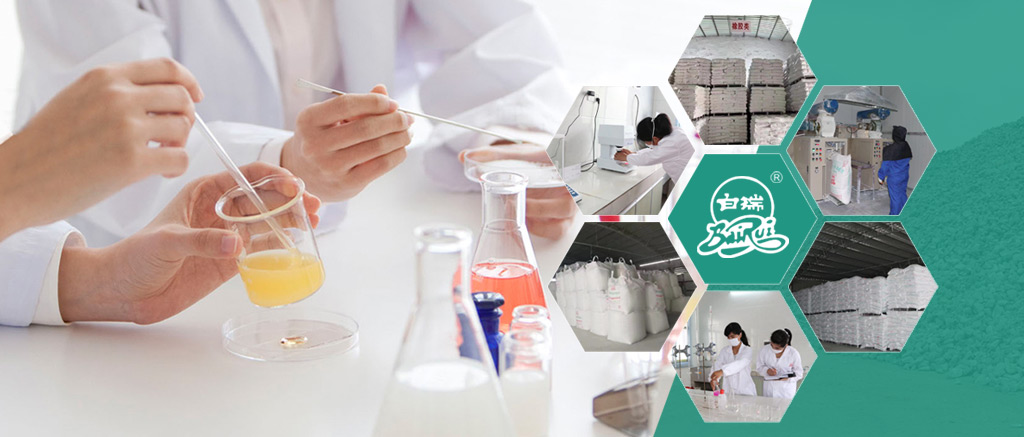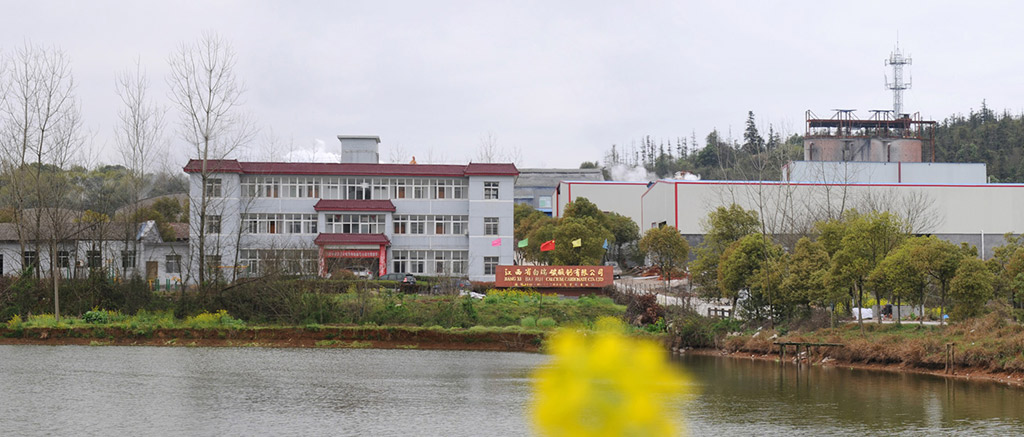Science | sealant performance needs to choose different kinds of calcium carbonate
Time: 2019-10-08
01 Appearance
The appearance of the sealant mainly depends on the dispersion of the filler in the base adhesive. Filler is a kind of solid powder, after the kneading machine, grinder, planetary machine dispersion, it can be evenly dispersed in the base glue to form a delicate paste, sometimes according to the nature of the filler itself is different, does not exclude the existence of a very small amount of slight fine particles or sand, which is acceptable normal phenomenon. If the filler is not well dispersed, there will be a lot of very coarse particles. In addition to the dispersion of the filler, some other factors will also affect the appearance of the product, such as mixed particle impurities, crust and so on. These cases would be considered coarse in appearance. The observation method of appearance is to directly observe the product from the packaging, or to hit the product 1-2g on the white paper, fold the white paper flat and then open the observation, the term is called "butterfly observation". Coarse particles should be judged when found.
02 Hardness
Hardness refers to the hardness of the sealant after it is completely cured into the rubber body, which is one of the physical and mechanical properties of the product. Hardness refers to the ability of a material to resist attempts to carve or press into its surface. According to the different hardness measurement methods, hardness expression methods have Brinell hardness, Rockwell hardness, Shore hardness and other methods. Shore A hardness is stipulated by the state. The standard hardness value is detected by the hardness tester according to the national standard method. The hardness of the sealant is high, the surface sealant is rigid, and the elasticity and flexibility are insufficient; Small hardness is the opposite, elasticity and flexibility are good, rigidity is insufficient. Therefore, the sealant is neither the harder the better, nor the softer the better, but according to the actual needs of a certain range of requirements.
03 Tensile Strength
Tensile strength is also one of the mechanical properties of the sealant after it is fully cured. Tensile strength is also known as tensile strength, tearing strength, commonly known as tension. The ability of a material to resist damage when subjected to tension. The tensile strength value is also detected according to the method specified in the national standard. Sealant according to the needs of its use is to have a certain strength requirements, especially structural adhesive, it is clearly stipulated in the national standard of the minimum value of strength, strength is too poor sealant can not meet the needs of use. However, if too much emphasis on the strength of the sealant and ignore the elasticity is not enterprising.
01 Mechanical properties of sealant under standard conditions
The tensile strength and elongation at break of the sealant prepared by nano-calcium carbonate are close to each other. Nano calcium carbonate, the particle size of about 50nm, large specific surface area, and the sealant polymer in the system of contact points (reinforcing points) more, can form a strong interaction between the molecular interface of the sealant, to prevent crack expansion, shear bands, energy absorption and other effects, so that the tensile strength and elongation of the sealant become larger, so as to have better toughness and impact tear resistance;
The tensile strength and elongation at break of the sealant made of light calcium carbonate are close to each other.
It belongs to micron level active light calcium powder, the specific surface area is lower than nano-calcium carbonate, and other properties are close to nano-calcium carbonate, so the reinforcement point is less than nano-calcium carbonate, and the reinforcement effect is slightly worse;
The tensile strength and elongation at break of the sealant made of heavy calcium carbonate are close to each other.
Is the active heavy calcium powder, the specific surface area is much smaller than nano calcium carbonate and active light calcium carbonate, the number of reinforcing points is the least, so the tensile strength and elongation at break are the lowest, and the reinforcing effect is the worst.
02 Mechanical properties of sealant at 90℃
After 90℃ high temperature treatment, the tensile strength and elongation at break of the sealant are significantly reduced. Among them, the strength and elongation of the sealant made of nano-calcium carbonate decreased most obviously. This is because the specific surface area of nano-calcium carbonate is large, and the heating area is large, and its reinforcing effect is more susceptible to high temperature treatment.







 Home
Home  News
News


